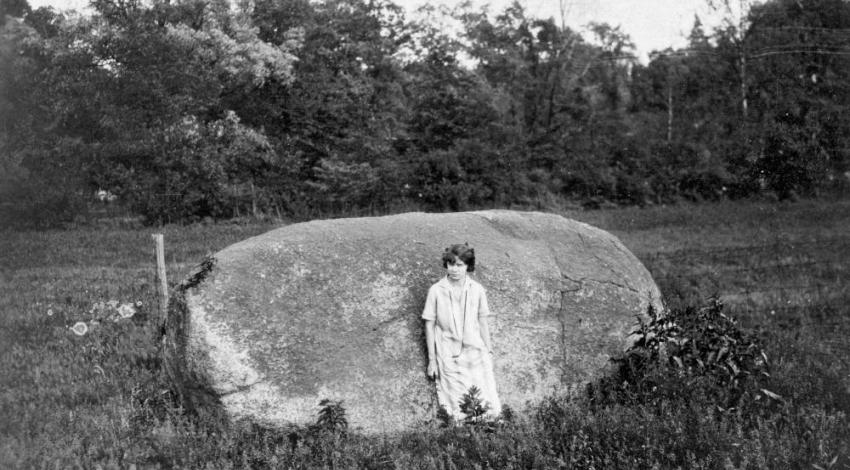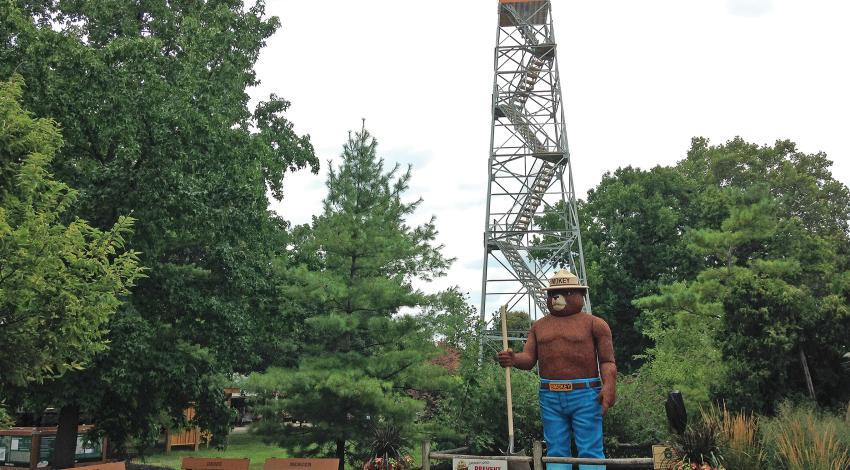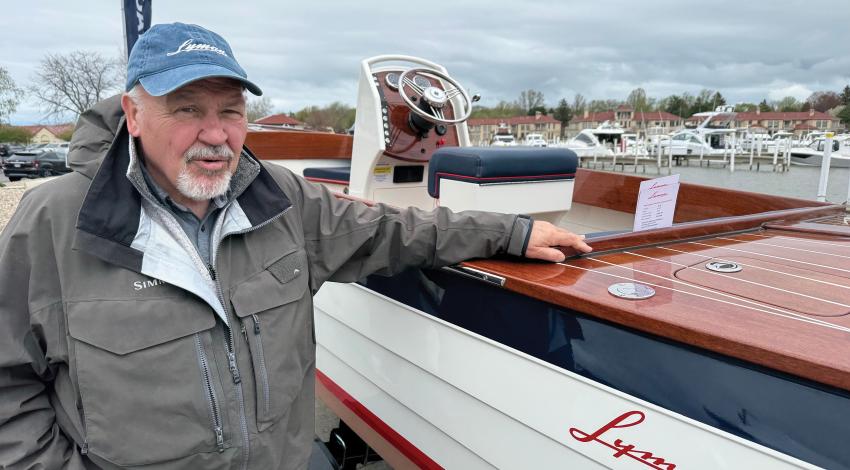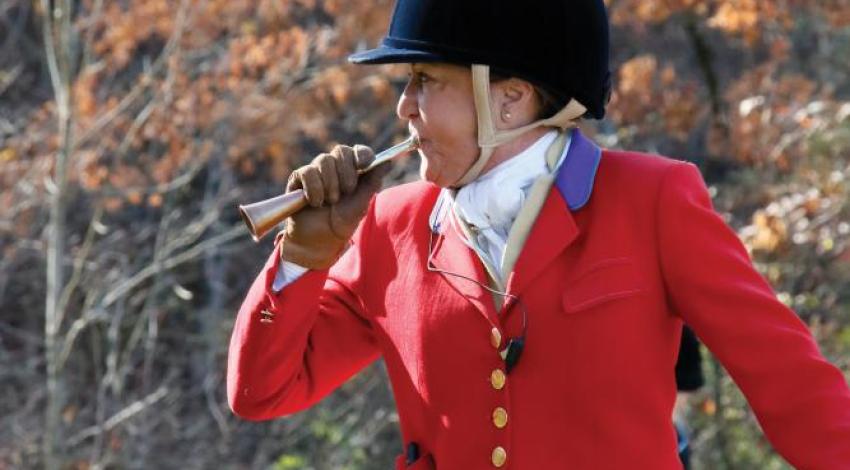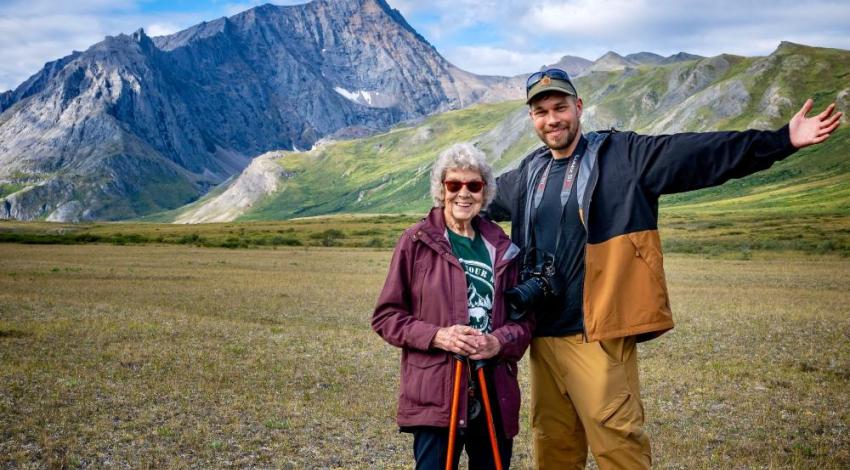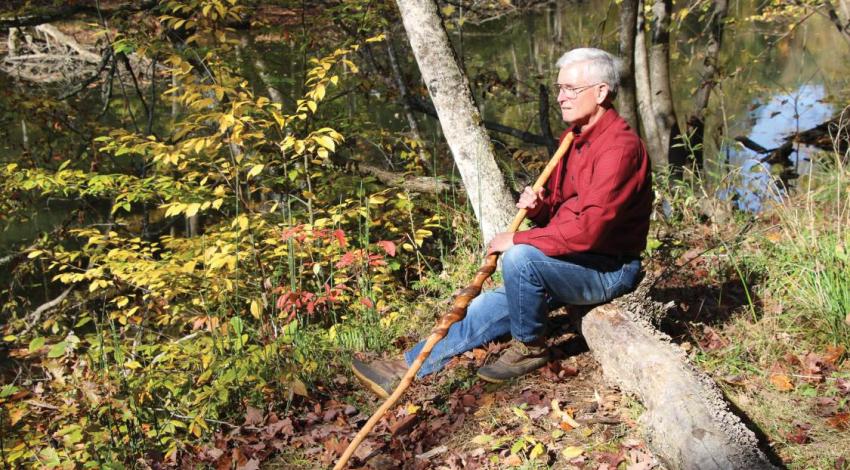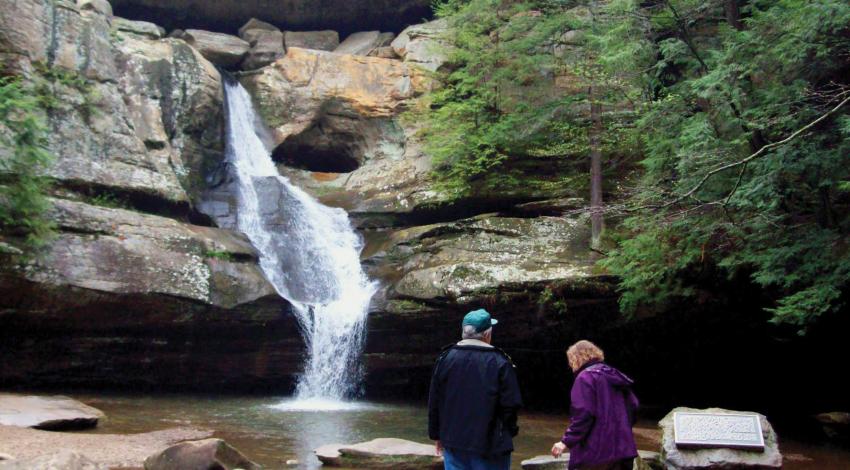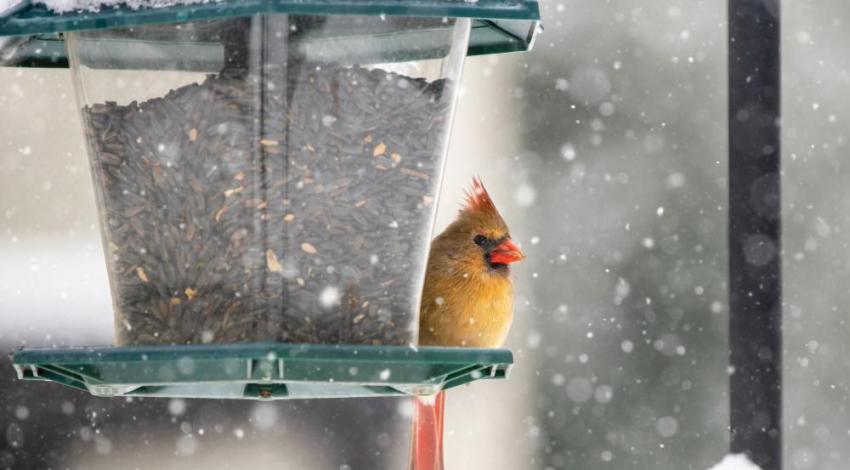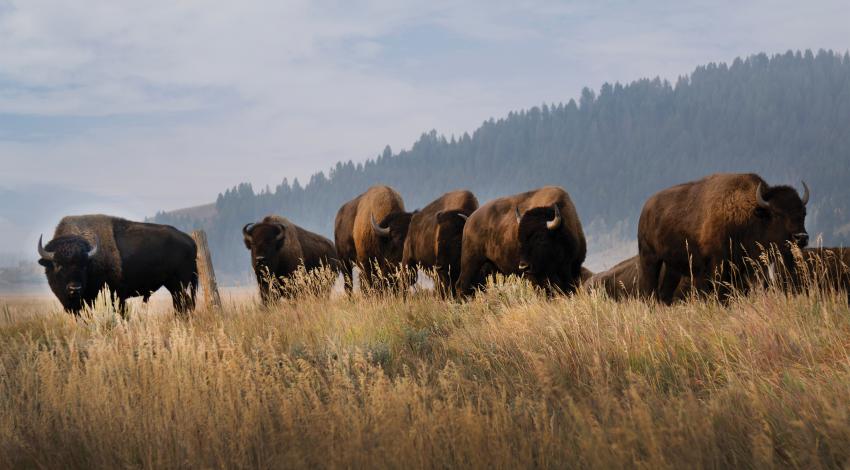If you enjoy water paddle sports such as kayaking and canoeing, but would rather not deal with the challenges and dangers of whitewater rapids, I have just the place for you.
Kerns grew up in a suburb of Columbus, and says she had an intense interest in the outdoors, even as a kid. “I took a summer course in marine biology during high school, and that experience really helped guide my future undergrad and postgraduate studies and ultimate career path,” she says.


